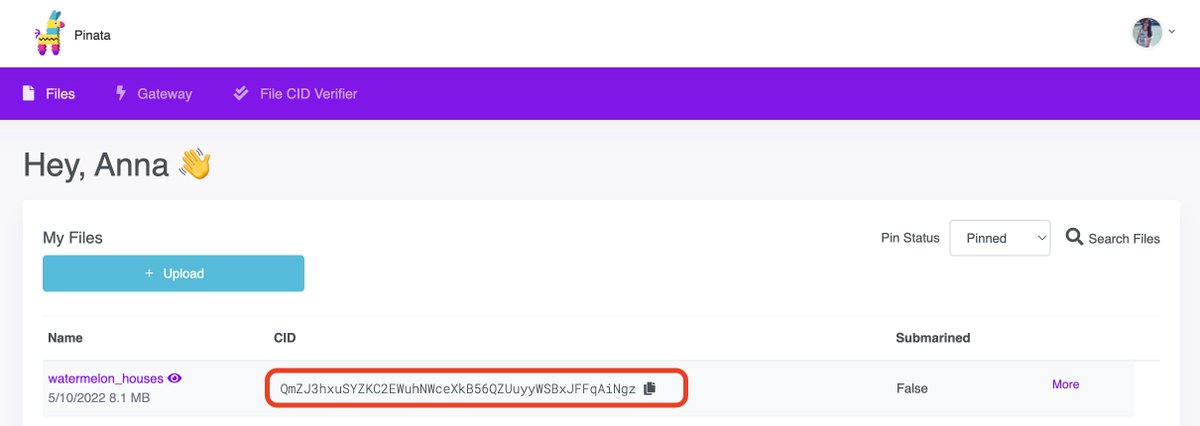
Day 73 of #100DaysOfDeFI 🚀 Learned about Self Destruct vulnerability in #Solidity 🦹🏼♀️ Selfdestruct deletes the contract from the blockchain and and sends all Ether to a designated address 💸 In some scenarios it can lead to unexpected problems ❌
#100DaysOfCode
How it works 🧵
#100DaysOfCode
How it works 🧵

1/ Let’s see how it works with an example of a simple game 🎲 Players send to the contract 1 token 🪙 the one who deposits the fifth token wins 🏆
Game code 👇
Game code 👇

3/ When the malicious contract performs an attack, all funds are sent to the game’s address. This can put the balance above the threshold and lock all the tokens forever 🔐
4/ As a solution, we have to avoid using address(this).balance because it can be artificially manipulated 🦹🏼♀️ We should store the balance of a caller in a self-defined variable and update it using msg.value 👩🏻💻
• • •
Missing some Tweet in this thread? You can try to
force a refresh















